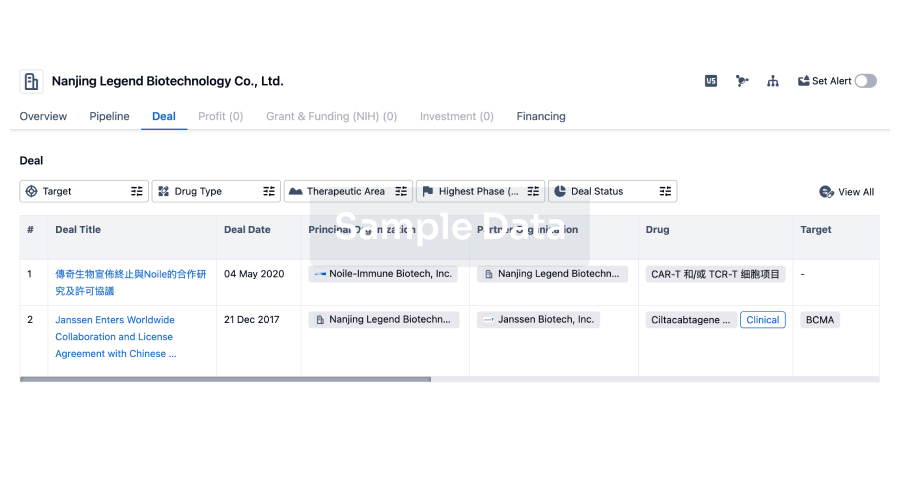Novo Nordisk has formed a $354 million research collaboration with Gensaic, the protein design company
said on Monday
, as the Danish pharma giant works to incubate new approaches in the metabolic disease space.
Many of the details remain under wraps. The partners are not disclosing which cardiometabolic conditions they are aiming to treat or which mechanisms they are investigating, much less when clinical trials might start. They also won’t reveal how much of the $354 million is being paid upfront.
Gensaic uses AI-guided protein design along with a wet lab process of protein evolution, with the aim of discovering new ligands and mechanisms. Its tech could also enable tissue-selective intracellular delivery of molecules including siRNA. It is challenging to deliver siRNAs to tissues other than the liver, and extrahepatic tissue targeting was a major focus of
Alnylam’s recent R&D day
.
“One of the most persistent challenges we have with delivery is that there are very few known mechanisms of action, and we keep hitting them again and again,” Gensaic CEO Lavi Erisson told
Endpoints News
.
He said that Gensaic’s approach can design protein scaffolds that are superior to those that are available in nature, which “gives us the ability to find novel mechanisms of action, whether these are novel receptor surface elements or epitopes that can mediate more efficient delivery of therapeutic molecules.”
Seeking unproven pharmacological approaches is clearly more perilous than simply developing me-too drugs which, in the cardiometabolic arena, largely means GLP-1s.
“It is really risky,” Erisson said. “It is why the way we develop looks at, every step of the way, whether or not we’re actually delivering the right function … of delivery we’re interested in. It is not a guaranteed process.”
Novo’s interest in Gensaic’s tech was sparked in 2022, according to Uli Stilz, head of the Danish company’s Bio Innovation Hub — the unit that seeks out, funds and helps develop promising early research.
At that point, Novo provided lab space, mentoring and other input, despite the fact that Gensaic’s focus was not aligned with Novo’s. “We felt there was a great team of founders and scientists and a cool idea, but there wasn’t, at the time, a real concrete idea for collaboration,” Stilz said. Gensaic’s focus shifted in 2023, leading to the research agreement disclosed Monday.
Novo takes this kind of pre-collaboration interest in between five and 10 very young companies each year, Stilz said. Not all lead to partnerships, let alone commercially successful products. Novo has the cash to do much bigger deals, but its security as one of the leading metabolic drug developers also enables it to take these high-risk bets.
It will be some time before a clinical lead emerges from the Gensaic deal, but Novo is in it for the long haul. As well as promising Gensaic milestone payments for each target plus tiered royalties, Novo will reimburse its R&D costs and participate in a future financing round, while a Novo exec will join Gensaic’s board as a non-voting observing member.







